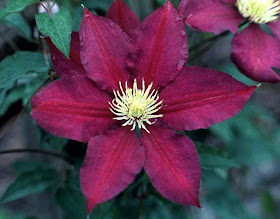French Marigold, Dwarf French Marigold
Type Annual
Height 10" to 12" / 25cm to 30cm
Spread 18" to 24" / 45cm to 60cm
Growth rate Average
Form Upright or erect
Exposure Full sun
Height 10" to 12" / 25cm to 30cm
Spread 18" to 24" / 45cm to 60cm
Growth rate Average
Form Upright or erect
Exposure Full sun
Bloom Color Orange
Bloom Time Summer and Fall
The flowers are suitable for cut flowers and suitable for dried flowers.
Bloom Time Summer and Fall
The flowers are suitable for cut flowers and suitable for dried flowers.
Environment
This plant tolerates some drought and a little salt.
This plant will grow in dry to moist soil.
Suitable soil is well-drained/loamy.
The pH preference is a neutral soil.
This plant tolerates some drought and a little salt.
This plant will grow in dry to moist soil.
Suitable soil is well-drained/loamy.
The pH preference is a neutral soil.
Leaf Color Green
This plant has fragrant foliage.
This plant has fragrant foliage.
Culture Notes
These plants do very well in hot, dry climates. Seeds can be sown under glass in early spring. Dead head frequently to encourage more blooms. This species has a larger flower head than the Tagetes erecta. These tender annuals are killed by frost and will sometimes self sow. In addition to the ability to deter white flies from tomato plants, via its scent, the root of the French Marigold is also able to exude secretions which repel the potentially destructive eelworm. This plant has several decorative and aromatic uses as well.
These plants do very well in hot, dry climates. Seeds can be sown under glass in early spring. Dead head frequently to encourage more blooms. This species has a larger flower head than the Tagetes erecta. These tender annuals are killed by frost and will sometimes self sow. In addition to the ability to deter white flies from tomato plants, via its scent, the root of the French Marigold is also able to exude secretions which repel the potentially destructive eelworm. This plant has several decorative and aromatic uses as well.







































